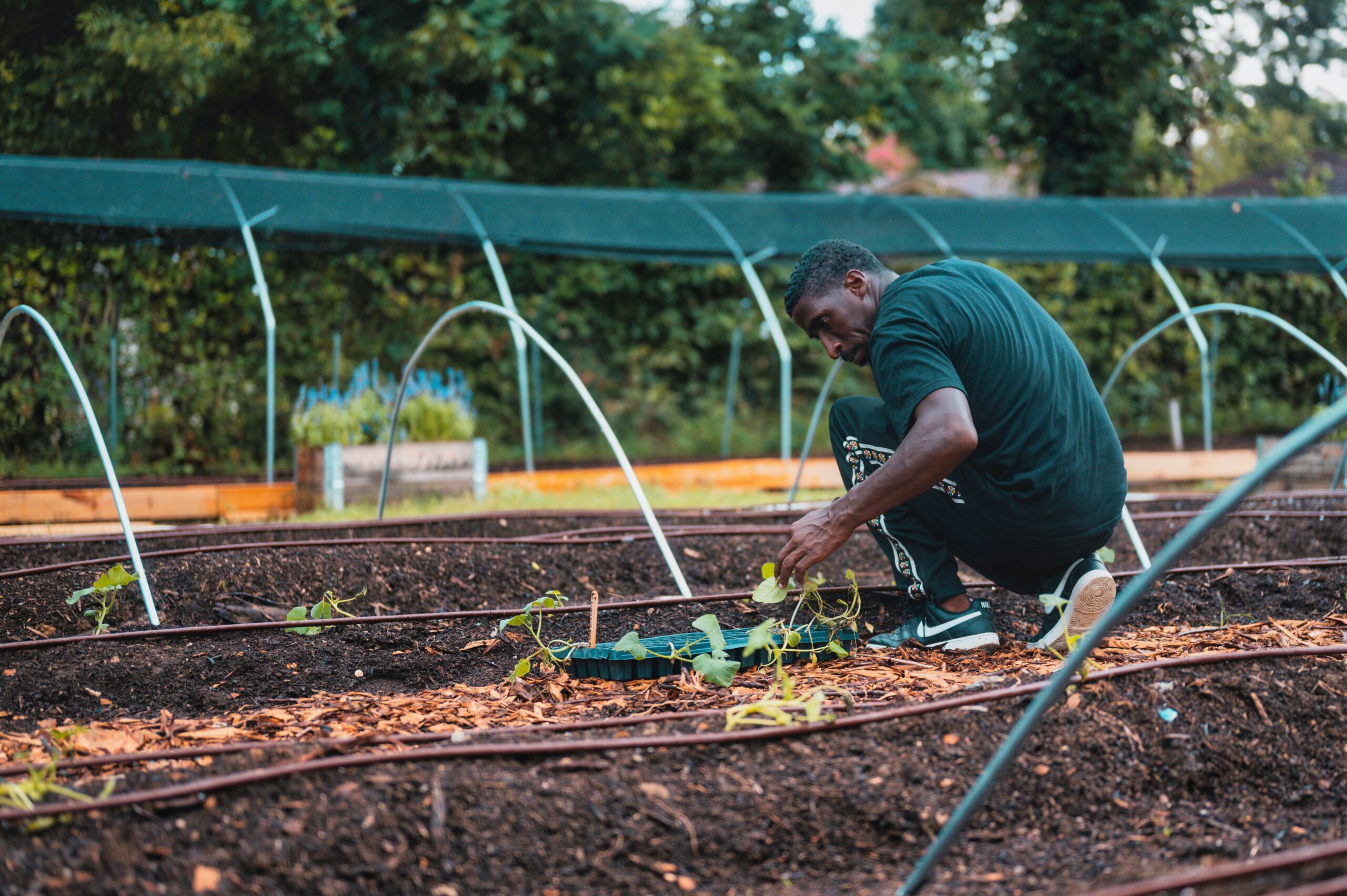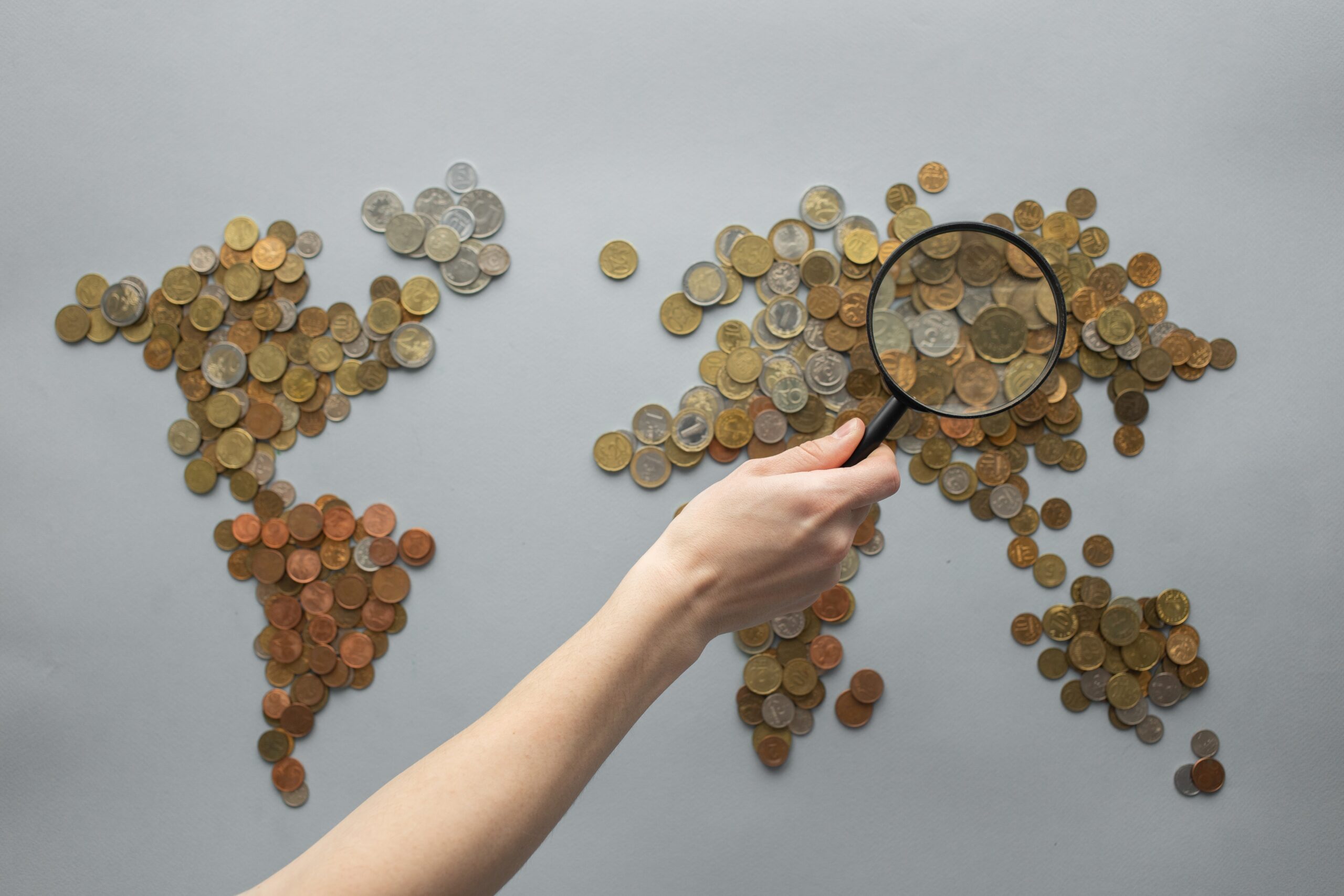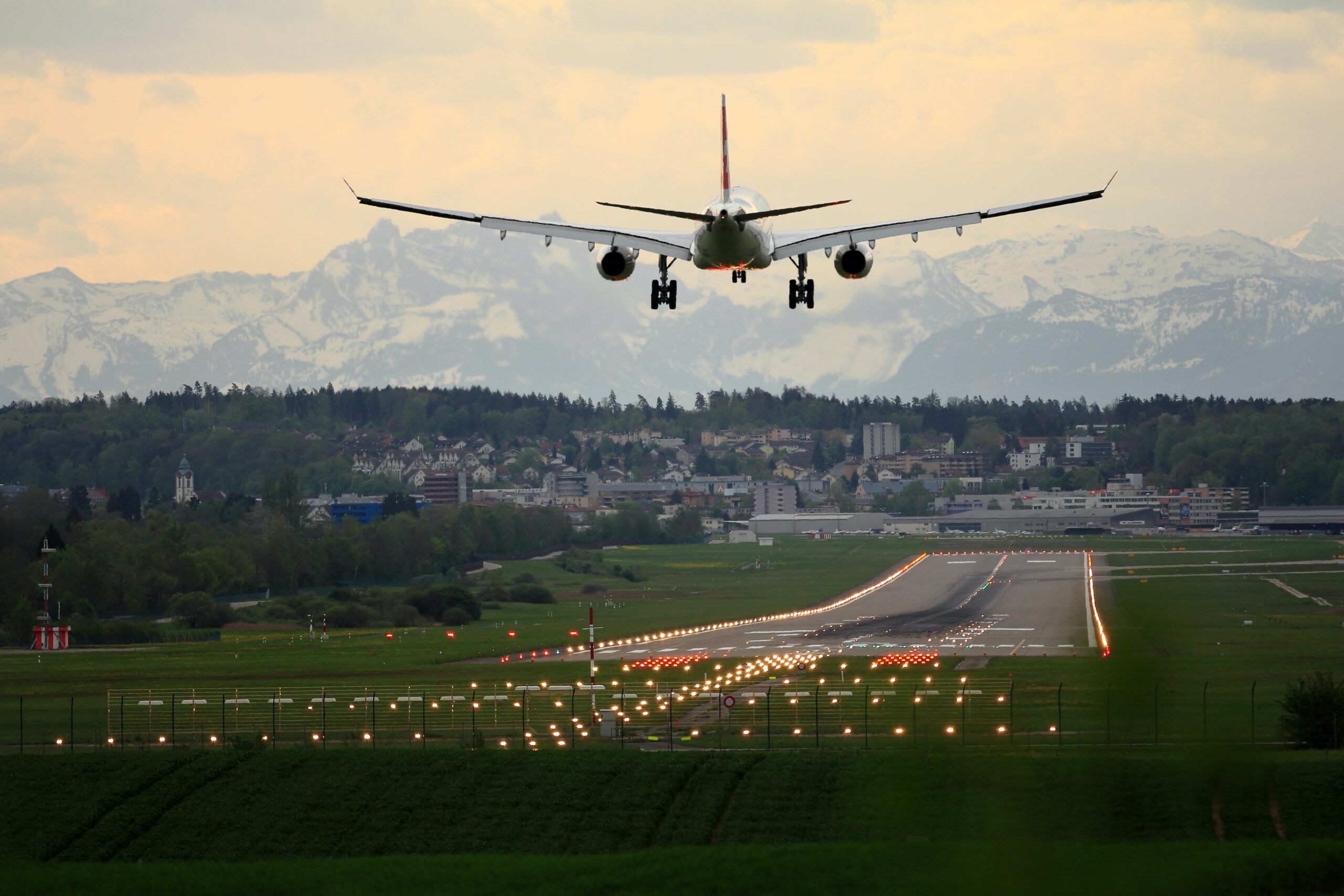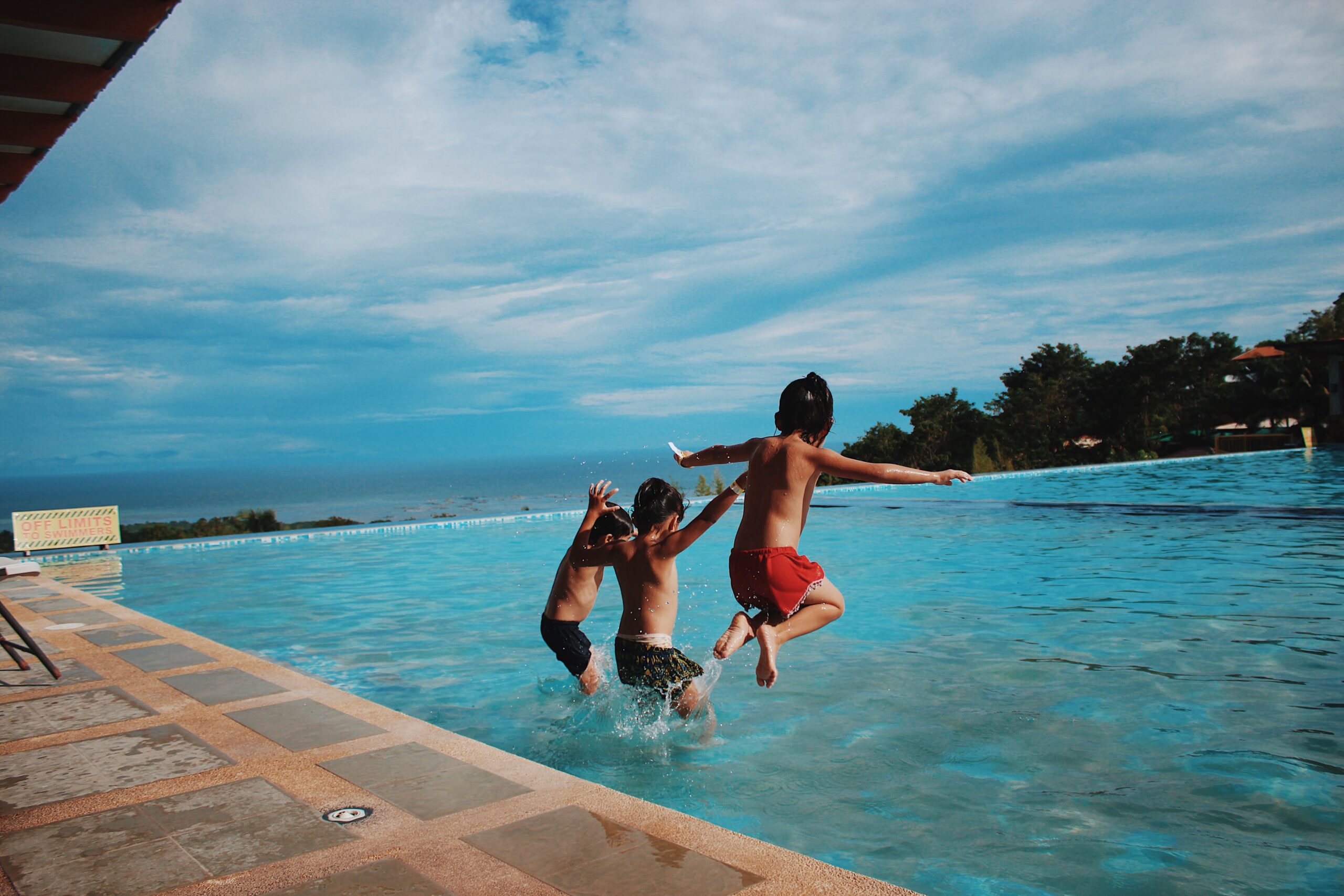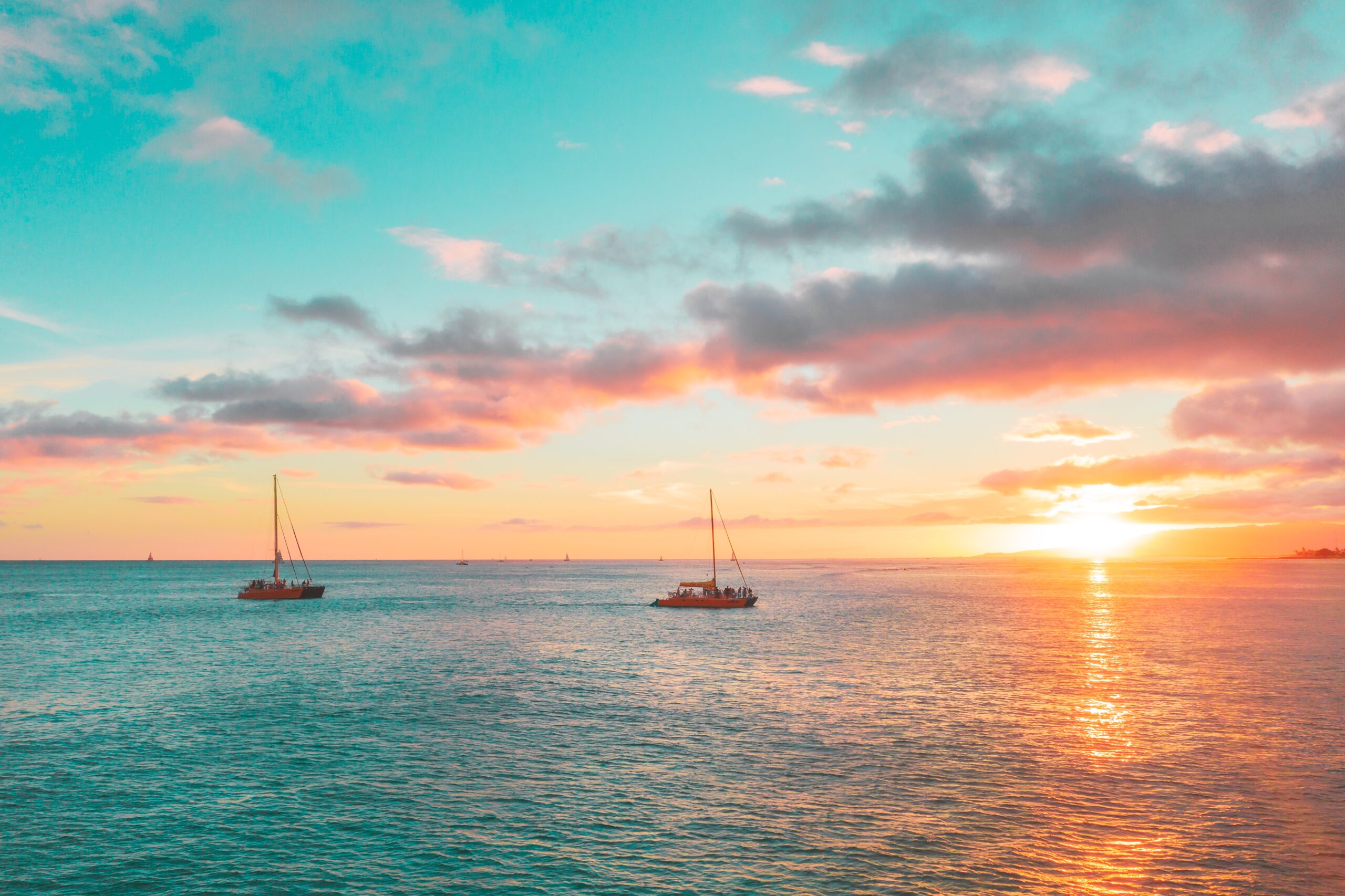
Why Do Bioluminescent Bays Glow?
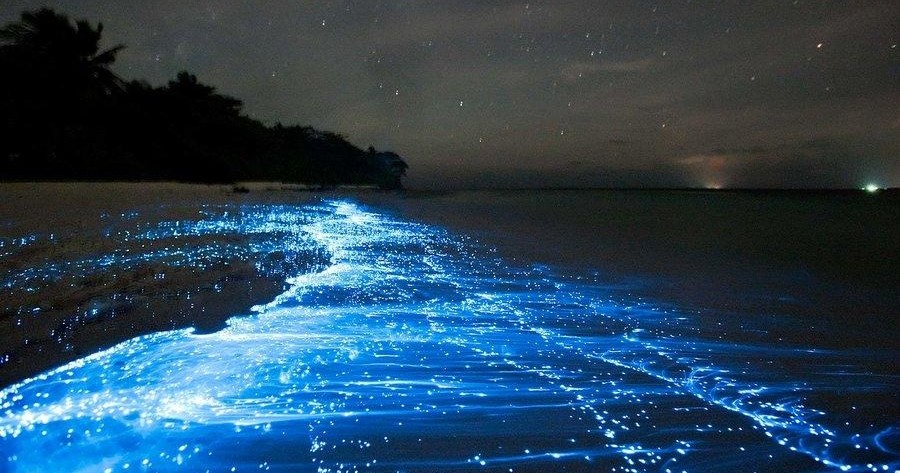
You’ve probably heard of marine organisms that illuminate while they’re underwater. Bioluminescence is the name given to this unbelievable phenomenon. This phenomenon can be seen at various places worldwide. According to a marine scientist, the water itself isn’t shining.
Bioluminescent Beach, in Puerto Rico, is known for its unique blue-green glow. Flagellates, which are microscopic organisms, are the source of this light. Bioluminescent Bay’s flagellates are dinoflagellates: flagellates that can manufacture their food through photosynthesis. And this process is due to which the Bay glows.
Let’s dive into a detailed explanation.
The Process That Makes the Bay Glow
In the first phase of photosynthesis, dinoflagellates chlorophyll, which possess a blue-green pigment, catch the light. On the other hand, most plants have green chlorophyll, which is what gives their leaves their color.
When stimulated, the dinoflagellates chlorophyll can also become luminous. Individual dinoflagellates are invisible to the naked eye. However, there are times when billions of dinoflagellates clump together and start giving the ocean a vibrant, blue shine.
Is the Bay Always Bioluminescent?
Bioluminescent Bay is not always bioluminescent. However, it contains two crucial characteristics that attract dinoflagellates:
- It is small
- It has a high concentration of mangroves
Mangroves are essential to dinoflagellates as they provide an excellent amount of vitamin B12 required for their survival.
Water does not rush out of the Bay rapidly due to its modest size. As a result, the mangroves emit a significant source of vitamin B12 after a rainstorm. Dinoflagellates will gather in the Bay, causing them to agitate and emit their glow due to the increased concentration.
Bioluminescent Bays in the World
There are five bioluminescent bays globally; three are in Puerto Rico. Bio bays located in Puerto Rico are, Mosquito bay, La Parguera, and Laguna Grande. Fajardo bioluminescent bay tour is one of the most popular activities in Puerto Rico.
Go Bioluminescent Night Kayaking
The best time to see Bioluminescent Night Kayaking is when there’s a new moon. The strong moonlight can lessen the visibility of this phenomenon.
Nature lovers will have the best night of their lives when they float through the ocean looking at the bright spots in the water. It is important to note that most organizations that offer these activities have some rules. One kayak can hold only 450 pounds, and people with certain conditions such as epilepsy, heart disorders, etc., are advised to avoid this sport.
Bio bay Kayak tour in Fajardo is a must if you visit Puerto Rico. When the paddles stir in the water, it stimulates dinoflagellates, showcasing an epic and eye-catching view.
Furthermore, the intensity of the glowing effect usually depends upon the weather conditions that the activity organizers cannot control.
When to See Bioluminescence in Puerto Rico
Whereas the bio bays have luminescence all year, the ideal time is between December and mid-April when the weather is dry. Heavy rain might veil the water, making it difficult to observe the dinoflagellate shine. As a result, visiting a bio bay during the rainy season of June to November is not recommended.
The weather in Puerto Rico is nearly ideal during the dry season, and you will have the best opportunity of seeing the bioluminescent bays at their brightest.
However, this is the most common season to explore Puerto Rico because of the great weather. The islands will be more crowded in general, airline and lodging rates will be higher, and there will most likely be more visitors visiting the bio bays with you.
Escape mid-March, when many families with kids and college students go for Spring Break, to avoid the most crowded time of the season. February and April are the ideal times to visit in the dry season because there are fewer tourists.
Conclusion
Microorganisms called dinoflagellates manufacture their food, which is why you see the glowing effect. The Bio bay tour is one of the best activities for nature and science enthusiasts.
Furthermore, the best time to see bioluminescent Fajardo is during the dry season as there will be no rains which reduce the ability to see the glowing effect.

